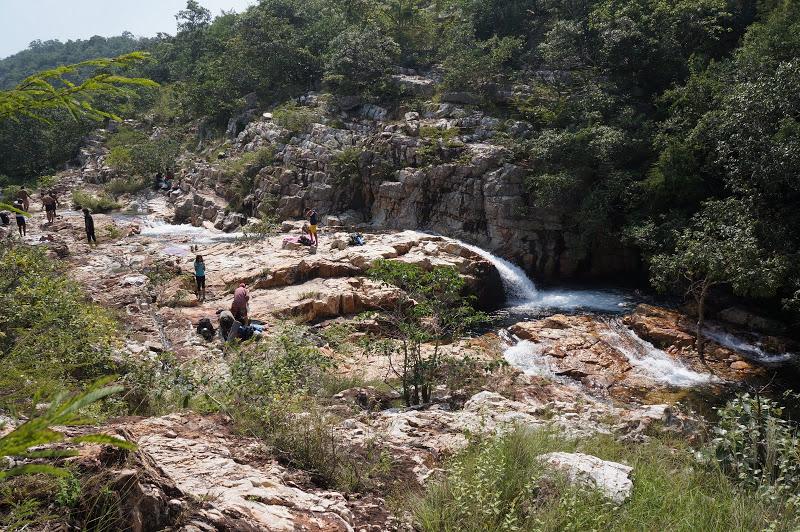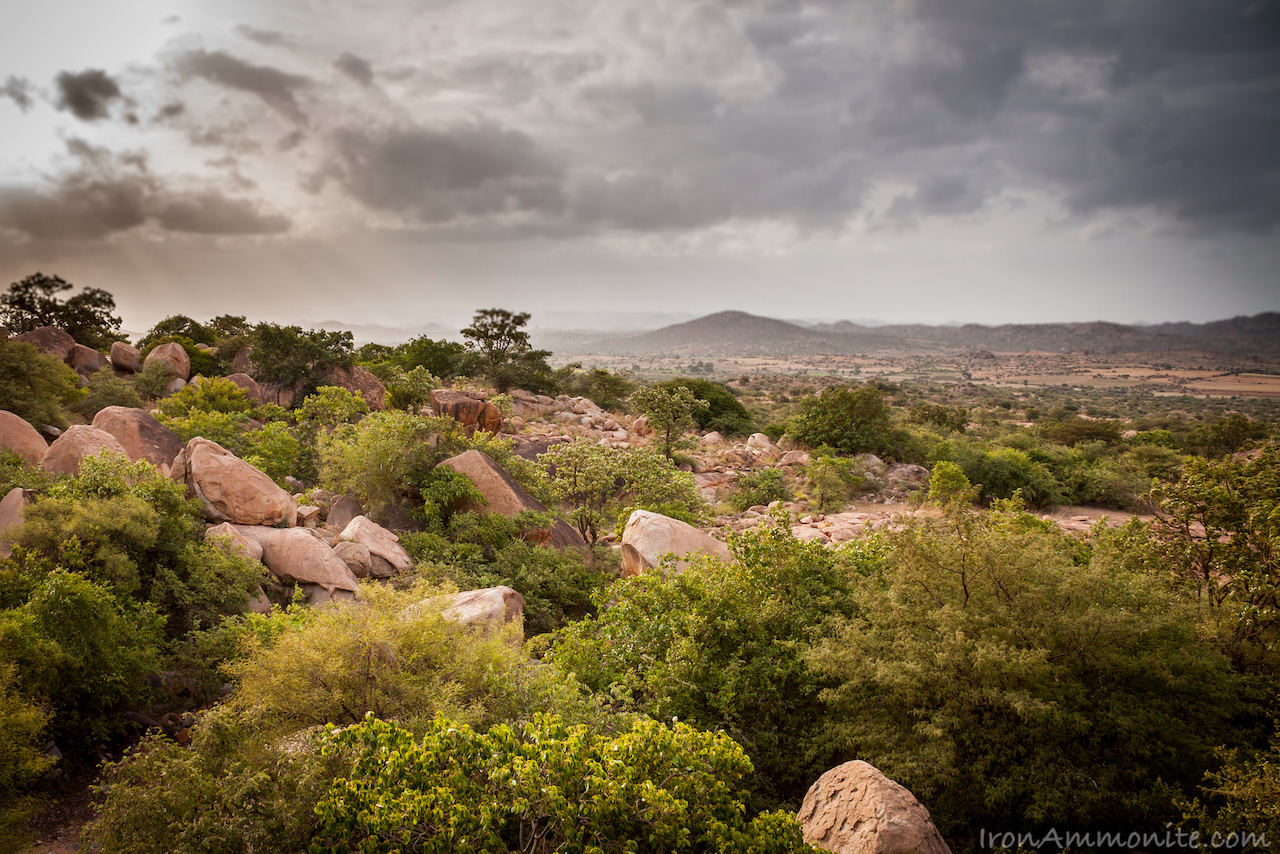Within 100 km of Chennai, hikers can choose many wonderful places to enjoy their favorite weekend.
Five Great Treks Around Chennai
1. Tada Falls
About 80 km from the hottest city. Chennai, Ubbalamadagu or Tada Falls in the Chittoor District (or Chittur), Andhra Pradesh, is a path along a stream that offers a refreshing break. The best time is from June to November for the monsoon, which adds a splash to the water and the surrounding jungle.
It is an easy route for cycling. The paths are easy and easy to reach. Get out of the base camp at the source of a bubbling stream.
The 10 km hike begins on a dry and muddy path. After about 2 km, the path becomes a rocky and rocky trail with rocks that require careful navigation. They pass small, beautiful and clean pools. You meet a Shiva temple, which is a landmark on the way. The area is green with beautiful birds that look the same and require a good deco.
2. Fort Gingee
Fort Gingee or Senji is one of the last strong survivors of Tamil Nadu. It is located in the district of Villupuram, about 160 km from Chennai. The Fort complex spans three main hills, Krishnagiri, Rajagiri and Chandrayandurg, with each hill having its own citadel.
The mighty and impregnable fort, called the Troy of the East by the British, was originally built in the 9th century AD by the Chola Dynasty. It was then rebuilt by the Kurumbar community, the shepherds of this region. Chatrapathi Shivaji, the emperor of the Maratha dynasty, conquered the fort as he moved south and then passed to the British.
The trekking path is roughly cut and the fixed steps go up to the fort. The climb is quite steep, but the breathtaking view of the landscape is worth it. Visit the cereal depot, the watchtower and the ancient temple. The best time for this hike is from November to February, the least sensual months of this state.
3. Pulicat Lake
Think of Rosa, think of flamingos and drive to Pulicat Lake and its 16 islands that attract many species of migratory birds from around the world. Irrukam is the most beautiful island of this region and the village can only be reached by boat. A passenger ferry is also located 8 km from Bimunivaripalem.
Flamingos arrive every year at Pulicat Lake for breeding in October and migrate in April of each year. The Flamingo Festival takes place in January. You can camp on Sandy Islands and go fishing!
4. Pichavaram
Pichavaram is the second largest mangrove forest in the world. Located near the city temple of Chidambaram, this unique ecotourism site in southern India has backwaters linked by the Vellar and Coleroon river system. Trekking offers plenty of opportunities for water sports, rowing, kayaking and canoeing.
Pichavaram is a 2800-acre archipelago with streams that meander through the root structures of mangrove forests. 177 species of 15 orders and 41 families were registered with residents, local migrants and real migratory birds. The best season lasts from September to April and increases from November to January.
5. Waterfalls of Perumedu, Yelagiri
The cool Hill Station of Yelagiri is a nice retreat from Chennai. About 220 km from Chennai, it is a trekker at an altitude of about 1050 m. The climb is through 14 hairpin bends bearing the name of a famous Tamil personage. Trekking in the lush green valleys, deep ravines, waterfalls and nature reserves makes Yelagiri great.
The breathtaking hike to the Perumadu Falls starts in Puthur, from where you cross a 3 km path through lush jungle areas and Perumadu Falls. From the summit, you can enjoy the beautiful view of the 40-foot waterfall that flows down the rocky side of the mountains. You can cool off in a magical spring water basin. Visit directly after the monsoon from November to February.


